1310A: 3-in-1 Whole Animal System – Large Rodent & Small Animal
型号:1310A
价格:请致电:010-67529703
品牌:aurorascientific
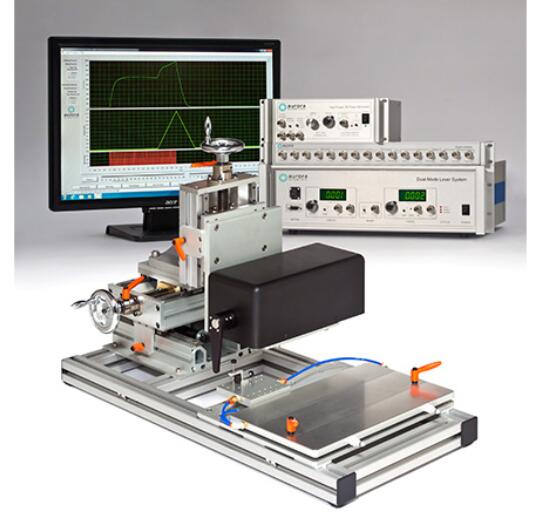
Overview
This flexible test system delivers accurate measurement of large rodent/small animal muscle properties in-situ, in-vivo, and in-vitro. This is ideal for live animal protocols including injury and longitudinal studies, allowing researchers to evaluate the mechanical characteristics of intact muscle of large rodents, either isolated in-situ, with a footplate (ex-vivo) or isolated in-vitro.
Systems include: apparatus designed for large rodents/small animals, our flagship Dual-Mode muscle lever system, a high-power field/nerve stimulator, and data acquisition hardware and control and analysis software. The easy to use system allows experimental setup, data collection and data analysis to all be done in a matter of minutes.
By combining in-situ, in-vivo and in-vitro muscle testing on one simple platform, researchers are able to capture a complete picture of muscle physiology in large rodents. The 1310A comes with the large rodent apparatus, complete with temperature controlled animal and limb plates designed to support and fix the animal and limb being testing. In addition, the system can be converted to an isolated (in-vitro) muscle test system with the attachment of an optional 25 mL bath. Aurora Scientific’s flagship Dual-Mode lever system is also included, permitting measurement and control of both force and length.
Muscle samples are attached at only one point to measure force and length saving time and increasing productivity. The system includes our high-power, field/nerve stimulator and all required electrodes.
Control and analysis software comes pre-loaded on a custom PC. Experimental setup, data collection and data analysis can all be done in minutes with our control and analysis software (DMC/DMA). Parameters such as resting length, resting force, stimulation and the actual test protocol are all set using the control software. An extensive library of standard experimental protocols such as twitch, tetanus, fatigue, force-frequency, force-velocity, stiffness and work loops are also provided with the system.
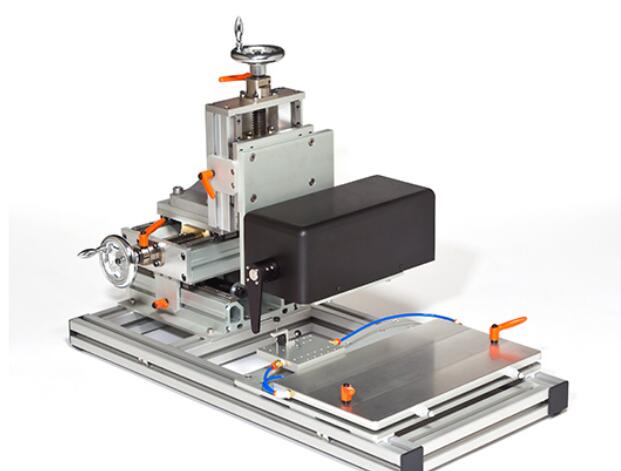
Tell the Whole Story – Live Animal & Isolated Tissue in One
The three system configurations allows the researcher to work with a broad range of muscle types and provide a convenient platform for compound screening, phenotype evaluation and comparison of murine models; all within one system.
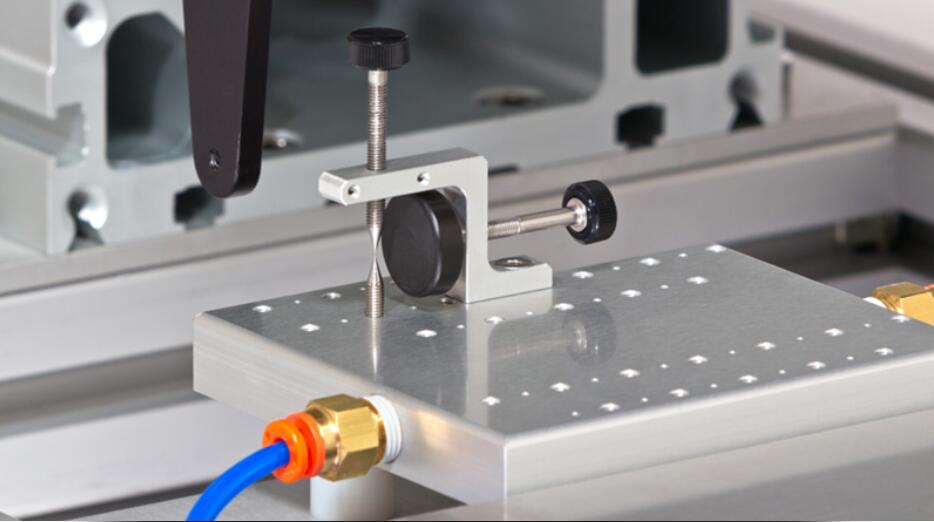
High Throughput Software Capability
Experience high-throughput data analysis, including batch processing and multi-parameter calculations for hundreds of muscle samples within minutes. Downstream analysis can be completed within Aurora Scientific DMC/DMA software or exported to your analysis program of choice.
Standard Protocol Library
The protocol library includes a variety of muscle experiments for large rodent/small animal in vitro studies. Protocols include system operation and data acquisition settings optimized for sample type and measurement needs. Add your own custom protocols as well to streamline system operation with multiple lab members.
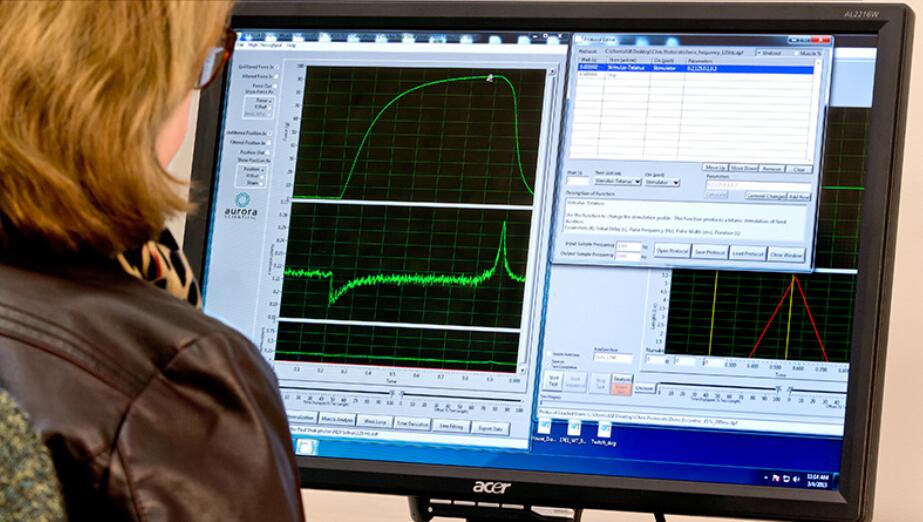
Features
- powerful 3-in-1 design: save time and space while increasing productivity
- turn-key functionality
- high experiment throughput
- fast data acquisition and analysis software for Windows
- dual purpose field/nerve stimulator
- ideal for live animal protocols: precision platform with temperature control
- simple to assemble, operate, and expand as your measurement needs change
- capable of more complex multi-measurement protocols
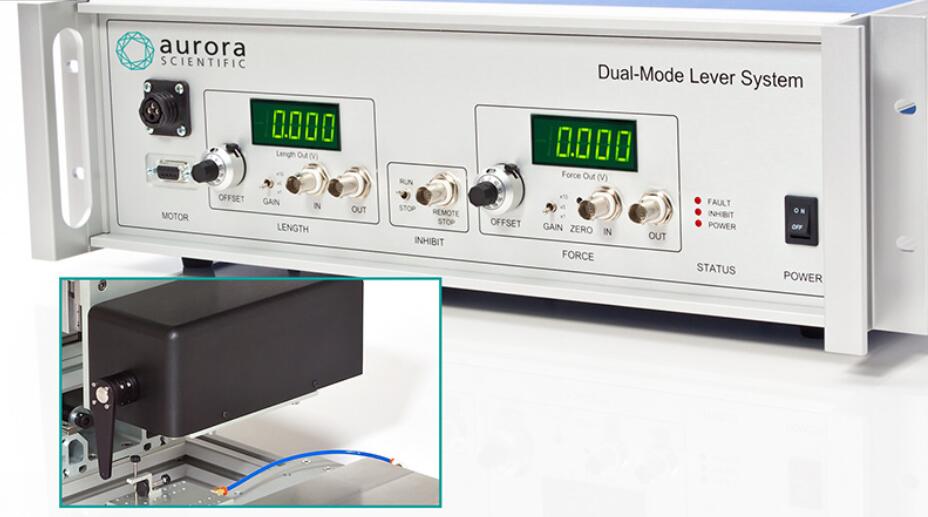
Case Studies
1310A – A Custom Apparatus for Larger Animal Models
CHALLENGE
In 2011 Aurora Scientific was approached by Dr. Christopher Cardozo at the VA medical center to assist with researching the mechanisms of muscle atrophy in rats. Dr. Cardozo planned to use in-situmethodology to test certain muscles of interest; however, his rat model was very large and he expected that they would produce large forces. Aurora Scientific’s existing 1305A system and 806D platform could accommodate the measurement of forces up to 10N, which the animals were expected to well exceed. Larger transducers existed but they were too big to fit on the existing 806D.
SOLUTION
Aurora Scientific had recently redesigned most of their in-situ apparatus and had spent a great deal of R&D time on building large animal apparatus. As a result, Aurora Scientific had the experience and expertise to design a solution that would meet the needs of Dr. Cardozo and deliver at an affordable price. A new apparatus was designed, more robust and easily able to withstand the higher forces and loads of large animals, yet still compatible with existing clamps and accessories for small animal use.
RESULTS
The Aurora Scientific solution worked well in Dr. Cardozo’s lab and provided an easy way for him to measure muscle force in large animals. He was able to collect large amounts of useful experimental data. The unit would later go on to find a minor niche for in-situ testing in lizards and also squirrels and other less conventional animal models. The redesign ultimately became the centerpiece of our 1310A complete system.


